Strategic cultural and economic assets of the Capital and Vietnam
It can be said that in the past 15 years, the mysteries of the Kinh Thien Palace structure of the Early Le Dynasty; the sophisticated and elegant architectural style of the Ly Dynasty; the majestic and solid appearance of the Tran Dynasty... have been systematized scientifically and completely for the first time. This is an important basis for the restoration and rehabilitation of the Thang Long Imperial Citadel, a World Cultural Heritage recognized by UNESCO in 2010, into a strategic cultural and economic asset of the Capital and Vietnam.
According to Dr. Ha Van Can, Director of the Institute of Archaeology, the archaeological excavation in the Thang Long Capital area and the Central area of the Thang Long Imperial Citadel has revealed a massive system of historical relics and artifacts, successfully deciphering the picture of the Thang Long Royal Palace thousands of years ago. The research has delved into the field of palace architecture, clarifying the architectural form of the Ly and Tran dynasties and restoring the Kinh Thien Palace of the Early Le Dynasty, the "soul" of the Thang Long Capital. The in-depth analysis of Vietnamese ceramics and imported ceramics has also helped to recreate the life of the Royal Palace, while affirming the trading position of Thang Long in the Asian regional network.
Associate Professor, Dr. Dao Tuan Thanh, Hanoi National University of Education, said that as a central urban area, since the 11th century, through the Ly, Tran, and Le So dynasties, Thang Long Capital has gathered cultural quintessence and radiated cultural influence throughout the country. The excavation of the Thang Long Imperial Citadel relic site is the largest in the history of Vietnamese archaeology. The results of this excavation have revealed a large complex of relics of Thang Long - Hanoi with many types of architectural relics stacked on top of each other over 1,300 years, from the An Nam Protectorate period to the Ly - Tran - Le dynasties, reflecting the long and unique history of Thang Long - Hanoi, representing the history of building and defending the country of our nation.
Along with that, the life of the Thang Long Royal Palace appears through various types of pottery and porcelain, from royal utensils to sacrificial objects and decorations, reflecting the power and noble life of the emperors.
Retelling the historical story of Thang Long Citadel with a new approach
The new discoveries help scientists visualize the spatial structure and scale of the ancient Imperial Citadel, from the system of surrounding walls, wells, pillar foundations to the palace grounds. However, the overall picture of the Ly Dynasty palace architecture still has many gaps. Partially restoring the full appearance of the ancient Thang Long Imperial Citadel is still the long-term goal of researchers.
Associate Professor Bui Minh Tri, former Director of the Imperial Citadel Research Institute, shared: “The towers in the ancient Thang Long Imperial Palace have all disappeared and not all of them are recorded in historical documents. Most of the archaeological relics found are just fragments. Therefore, from the beginning, the research work posed many difficulties and required perseverance and caution.”
It can be seen that, although there have been important breakthrough archaeological discoveries, the promotion of research achievements on Thang Long Imperial Citadel is still facing many challenges. After more than 20 years of discovery, Thang Long Imperial Citadel is still an archaeological site with most of its traces located underground, in a bustling urban area. Researchers believe that the restoration of Kinh Thien Palace is facing many obstacles due to the scarcity of original documents, while similar architectural models in Asia are not suitable for comparison.
15 years of research also raises questions about how to preserve and promote heritage values in the heart of a modern urban area. Thang Long Imperial Citadel is not only an archaeological site, but also a cultural space, where educational, artistic and community-connecting activities take place.
Continuous excavation while the infrastructure is not yet complete can easily lead to the risk of damaging the heritage layer deep underground. This creates a double challenge: How to both preserve the original state of precious relics and gradually "revive" the heritage, turning it into a resource for economic development. Researchers believe that the next phase needs to shift the focus from "excavation - research" to "decoding - interpretation". That is, not only searching for more artifacts, but also retelling the historical - cultural story of Thang Long Citadel using new approaches.
Associate Professor, Dr. Dao Tuan Thanh proposed to build “Artificial Intelligence (AI) for Thang Long Imperial Citadel”. “AI can predict visiting trends, design specialized tours, support conservation, create digital content, promote films and art about Thang Long Imperial Citadel. If done, this heritage will become a sustainable source of income, both for conservation and to spread its value to the world. 4,860 days of research have given us a solid scientific foundation, but for Thang Long Imperial Citadel to truly “revive”, it requires not only the passion of archaeologists but also the participation of the government, businesses, community and technology” - Associate Professor, Dr. Dao Tuan Thanh emphasized.
Sharing the same view, experts also believe that it is necessary to continue investing in interdisciplinary research, promoting digital technology and moving towards a “living museum” model, building a comprehensive digital database by applying modern technology such as GIS, 3D scanning, and AI applications. This is a solid foundation for implementing simulation projects using 3D technology (both physical and digital models), to recreate the appearance of the lost capital, helping the public and international visitors visualize more clearly a lost capital without distorting history. This will make Thang Long Imperial Citadel a strategic cultural and economic asset of the Capital and Vietnam.
Source: https://baophapluat.vn/lan-toa-gia-tri-di-san-van-hoa-the-gioi-de-xuat-xay-dung-ai-hoang-thanh-thang-long.html



![[Photo] General Secretary To Lam visits Long Thanh International Airport Project](https://vphoto.vietnam.vn/thumb/1200x675/vietnam/resource/IMAGE/2025/11/13/1763008564398_vna-potal-tong-bi-thu-to-lam-tham-du-an-cang-hang-khong-quoc-te-long-thanh-8404600-1261-jpg.webp)
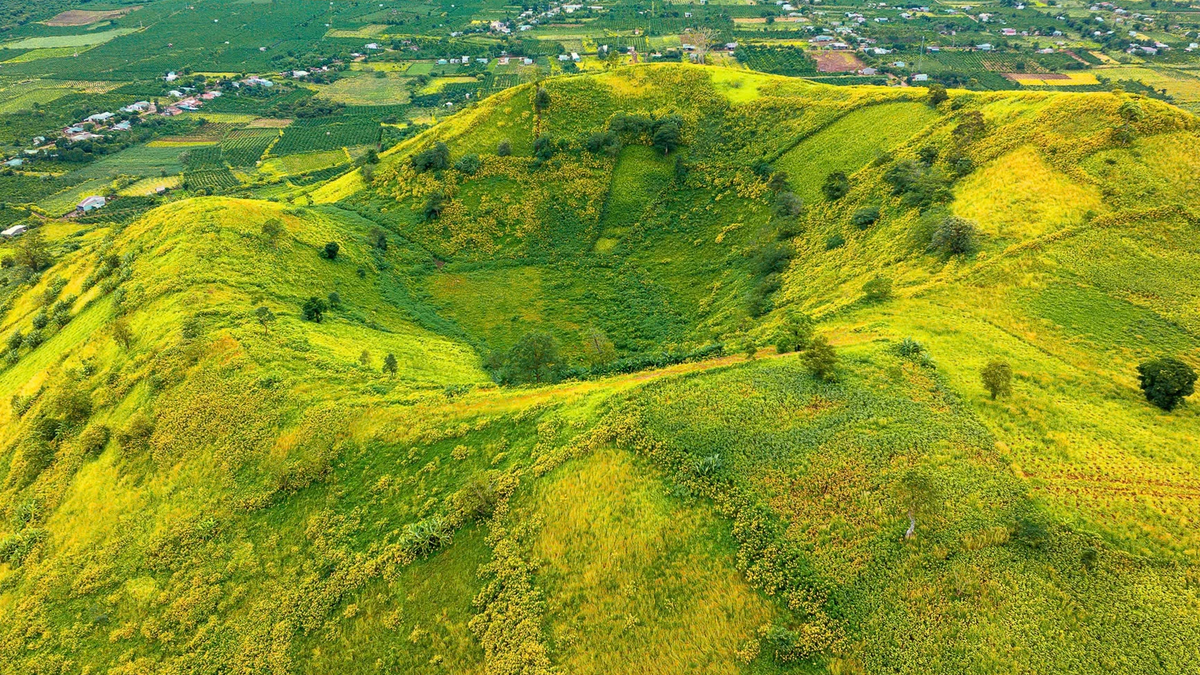


![[Photo] The "scars" of Da Nang's mountains and forests after storms and floods](https://vphoto.vietnam.vn/thumb/1200x675/vietnam/resource/IMAGE/2025/11/13/1762996564834_sl8-jpg.webp)




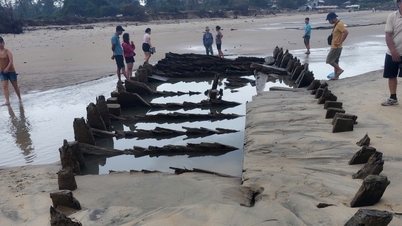



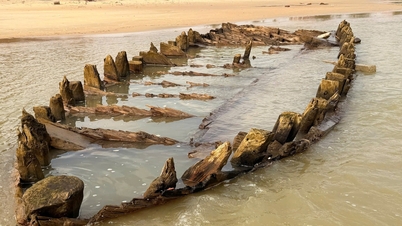
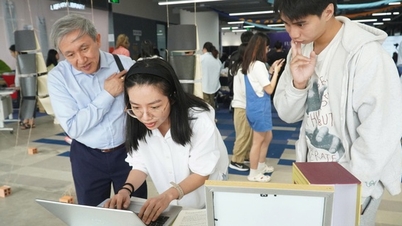


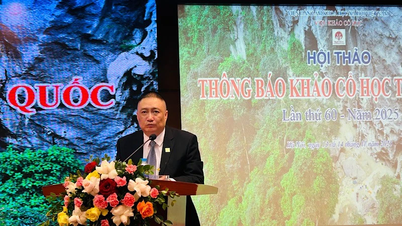


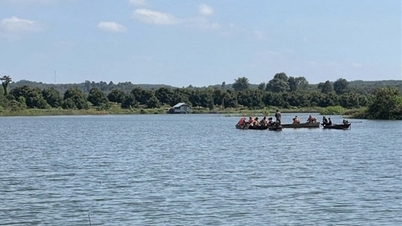

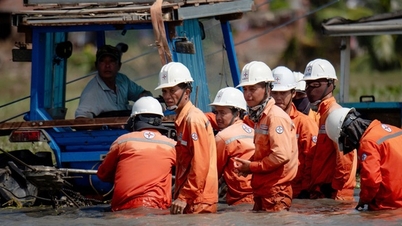





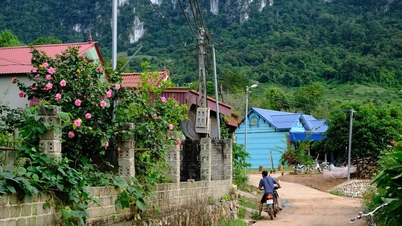



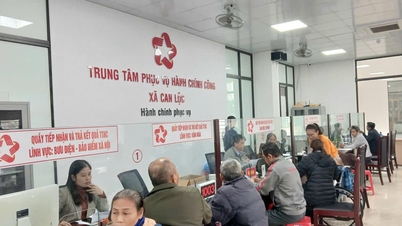

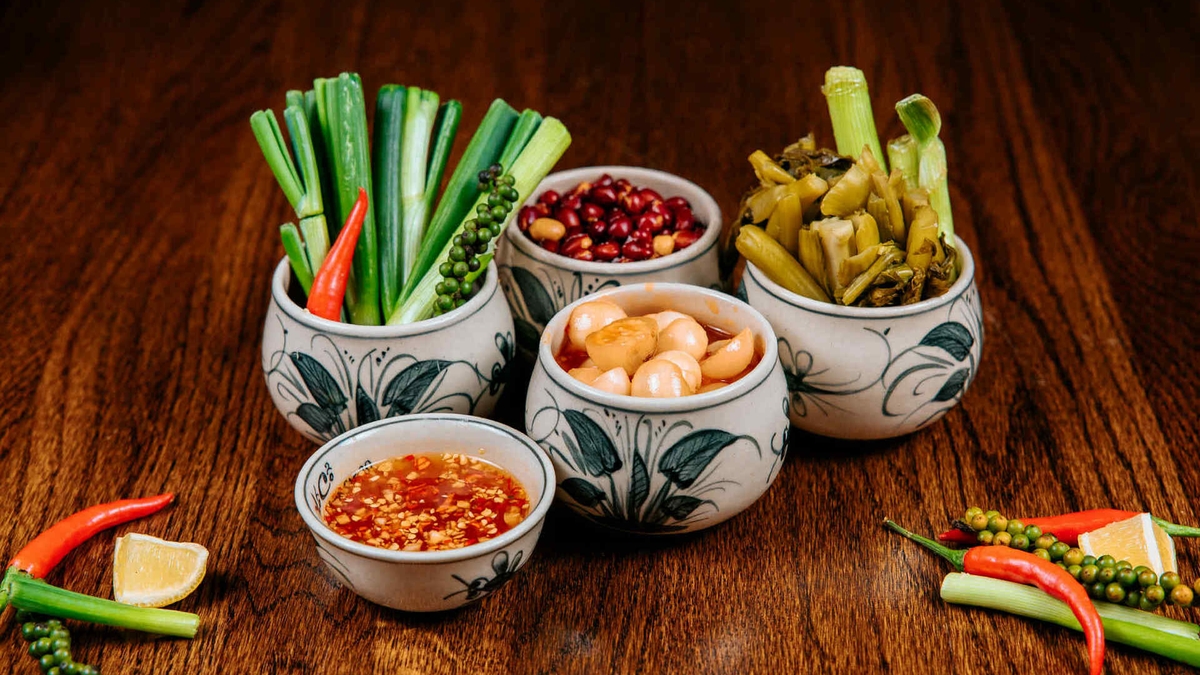










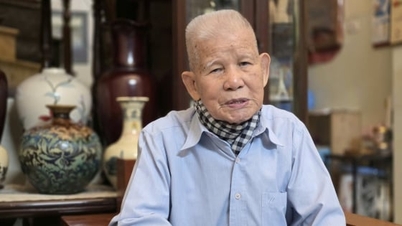

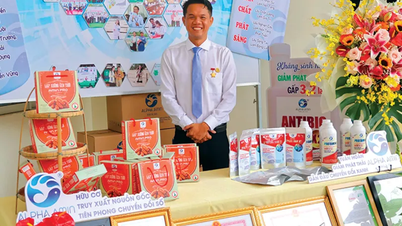

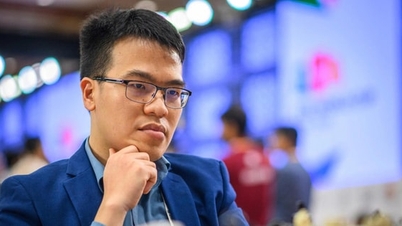


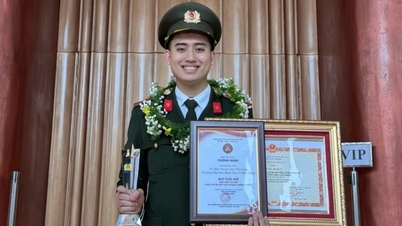

















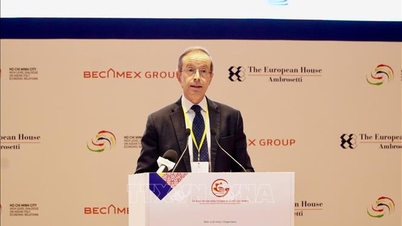


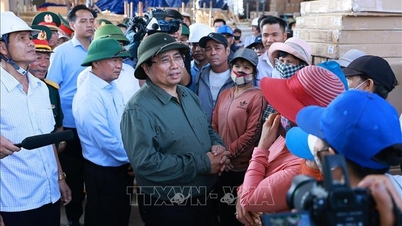







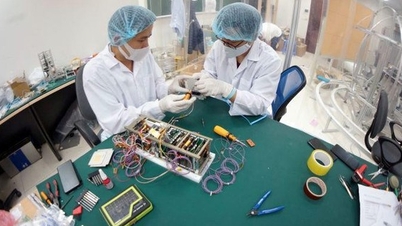


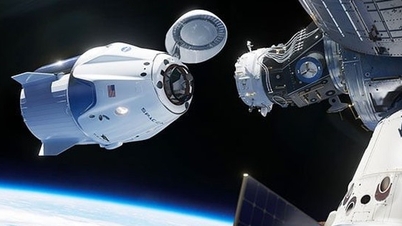

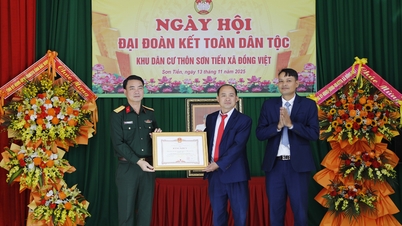


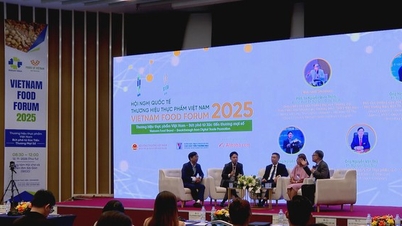
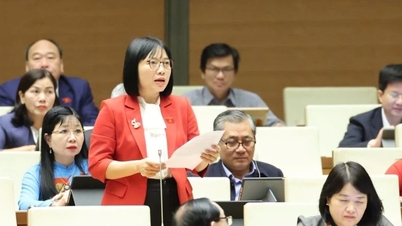






![Dong Nai OCOP transition: [Article 3] Linking tourism with OCOP product consumption](https://vphoto.vietnam.vn/thumb/402x226/vietnam/resource/IMAGE/2025/11/10/1762739199309_1324-2740-7_n-162543_981.jpeg)






Comment (0)